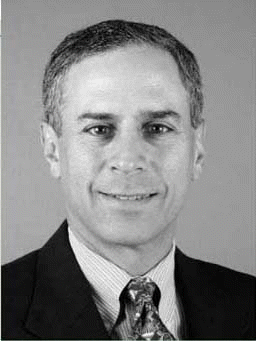Although otolaryngologic surgeons commonly focus on the palate when treating patients with obstructive sleep apnea (OSA), they also need to look at the tongue.
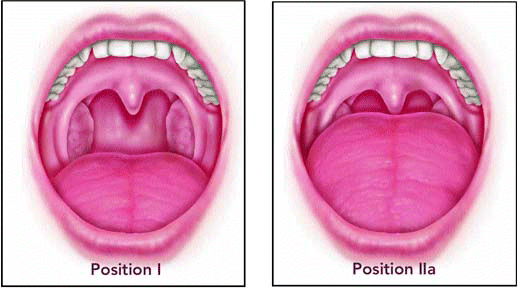

Although otolaryngologic surgeons commonly focus on the palate when treating patients with obstructive sleep apnea (OSA), they also need to look at the tongue.
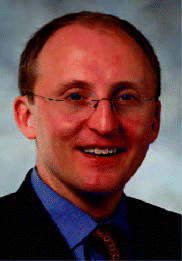
For years, radical surgery was the only treatment for head and neck cancer (HNSCC).
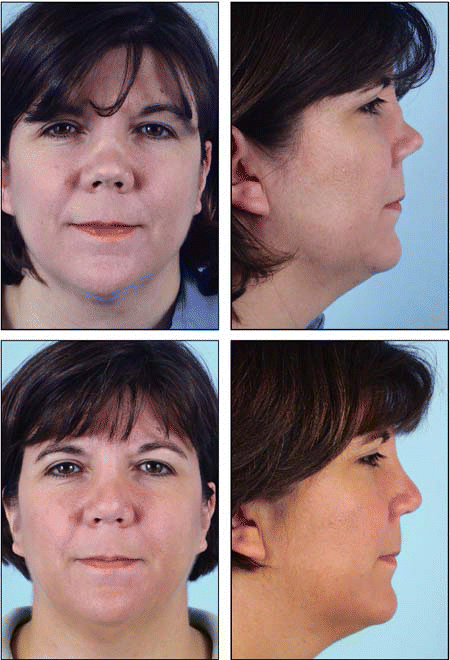
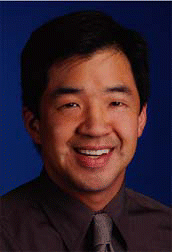
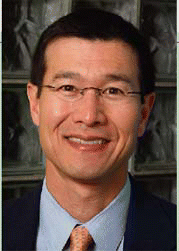
As otolaryngologists and facial plastic surgeons, we are fortunate to have the opportunity to perform many challenging operations of the head and neck.

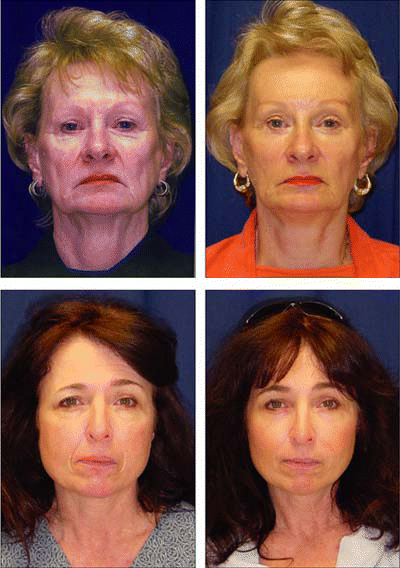
What patient wouldn’t want three or four very small incisions that heal rapidly with little or no scarring and no residual numbness, compared with a foot-long slice at or under the hairline that takes longer to heal and sometimes leaves a puffed-up scar and/or permanent loss of sensation?
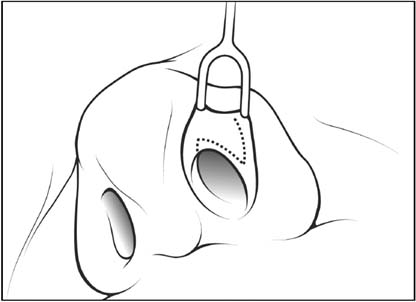
The internal nasal valve region is responsible for more than two-thirds of the airflow resistance produced by the nose and represents the most constricted point of the upper airway.
Percutaneous dilation tracheotomy (PDT) is becoming an accepted and increasingly popular alternative to surgical, or open, tracheotomy, particularly in the treatment of critically ill patients requiring prolonged intubation and mechanical ventilation.
